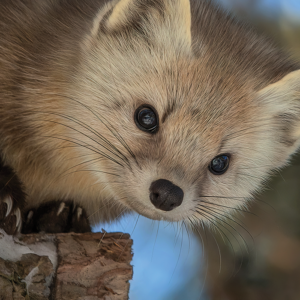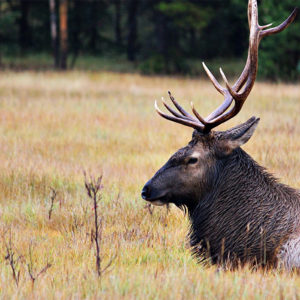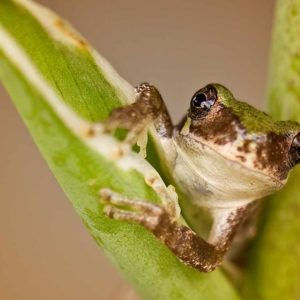How Animals Make it Through the Winter
[separator headline=”h5″ title=”By Steve Gahbauer, Nature Canada member”]
For those animals that don’t migrate or hibernate, we often wonder how they survive on those cold winter days and nights; but they do. Here are some ways species have adapted to Canadian winters:
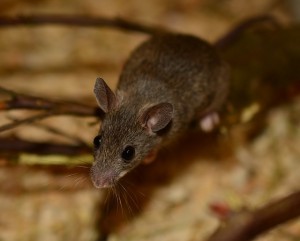 Small mammals like mice, voles and shrews, tunnel through the snow when the temperature dips. Thanks to the insulating properties of snow, this subnivean zone feels like it is zero degrees, regardless of the cold temperatures and blowing winds above.
Small mammals like mice, voles and shrews, tunnel through the snow when the temperature dips. Thanks to the insulating properties of snow, this subnivean zone feels like it is zero degrees, regardless of the cold temperatures and blowing winds above.
The fur of snowshoe hares turns white in preparation for winter. This helps with camouflage and warmth. Their feet are heavily furred in the winter to help them move around in deep snow.
A deer’s winter coat consists of hollow hair shafts and wool-like underfur that has great insulating properties. Deer congregate into larger groups and tend to move to sheltered areas where they benefit from less snow. Using the same trails also allows for easier access to food sources and helps them flee from predators and conserve energy.
Black-capped chickadees eat 20 times more in winter than they do in summer. Just watch your bird feeder. They have the ability to lower their body temperature by entering a controlled hypothermia which allows them to conserve energy.
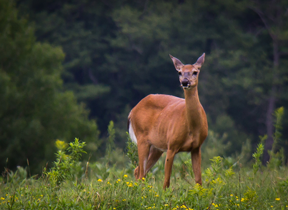
Squirrels have longer and thicker fur in the winter and their tail can be laid against their back for extra protection. Several squirrels will also share a tree den to conserve heat.
So, during the winter months, look up at the sky, go for a walk in the winter wonderland, and don’t forget to look for our feathered winter visitors, like finches and redpolls, Bohemian waxwings, Northern shrikes, Rough-legged hawks, White-winged scoters, and various owl species, such as Great Gray owls and Boreal owls, as well as Ross’s gulls, Little gulls and Evening grosbeaks.
 Looking at the night sky is rewarding too. The bright lights of the big city are not great for night sky viewing. Only a small portion of the constellations visible from a less light-polluted location in the countryside shine bright enough to cut through the urban glare. But even so, the city is a good place to learn the basics of the night sky. Once you know the main configurations, they can act as guideposts for discovering other constellations in the dark sky beyond the city. It is well worth the effort – and yet another way to connect with nature. We can always look to nature for inspiration and renew our resolve to preserve it. S.G.
Looking at the night sky is rewarding too. The bright lights of the big city are not great for night sky viewing. Only a small portion of the constellations visible from a less light-polluted location in the countryside shine bright enough to cut through the urban glare. But even so, the city is a good place to learn the basics of the night sky. Once you know the main configurations, they can act as guideposts for discovering other constellations in the dark sky beyond the city. It is well worth the effort – and yet another way to connect with nature. We can always look to nature for inspiration and renew our resolve to preserve it. S.G.
Sources: Wild City (Bennett & Tiner), Ontario Nature, Canadian Wildlife Federation, Nature Conservancy of Canada
Read more Nature Notes by Steve Gahbauer.

